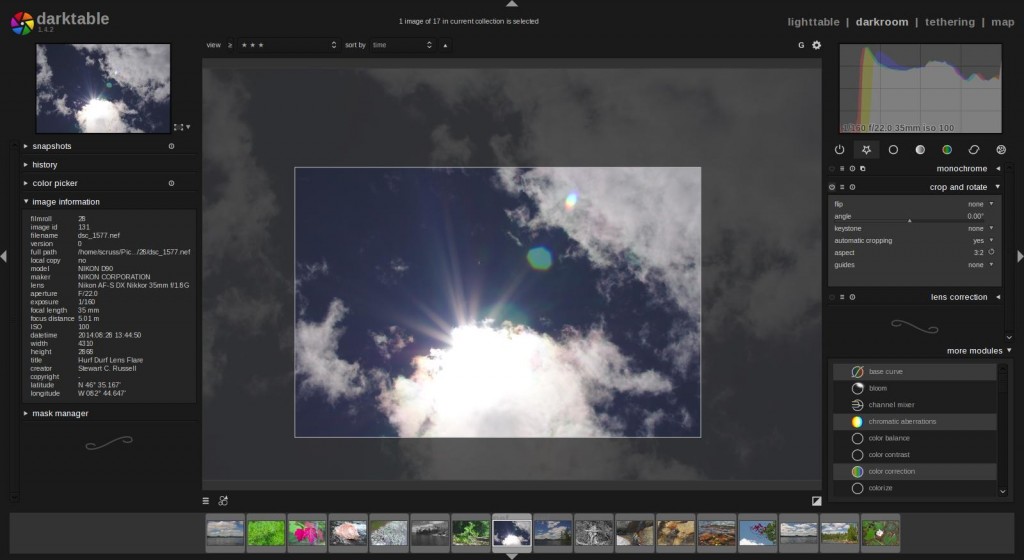

Your rpm command about the same as doing “zypper install,” both will do the same thing.Ĭomparing your rpm command (and zypper) installing an RPM that’s not in a repo to using the YaST Software Manager will be the same only if the rpm has no dependencies, if the rpm wants to pull in other packages, your command won’t have access to the repository the rpm came from (because you’re pointing to a file location on your machine that the remote repository).īy using the YaST Software Manager, dependency packages can be found in the remote repository for that install session.īut, as I tried to emphasize it’s **very **important not to accept the default “checked” check boxes that add the repos to your system, if those repositories are made a part of your system permanently you could experience a catastrophic alteration to your system. So “different distro” might for instance cover LEAP vs Tumbleweed vs even Fedora if you pulled in a package from a Fedora repo.Ī “different version” might for instance cover 15.0 vs 15.1 vs 42.3, 13.1 or similar. “A different distro” and “different version” are both covered the same here, the potential danger is the same for either to happen. rpm package, isn’t it easiest to just do it via rpm -Uhv package_file.rpm

The APT package manager is native to Debian-based systems, including Linux Mint, and allows you to install, update, and remove software packages. In all fairness, if this is matter of installing a. The first installation option uses the default APT package manager, the easiest and quickest method for Darktable installation. I think those two sounds very different to another person reading it. In your first post, you mentioned installing packages from another distro and on your second one, from a different OpenSUSE version.


 0 kommentar(er)
0 kommentar(er)
